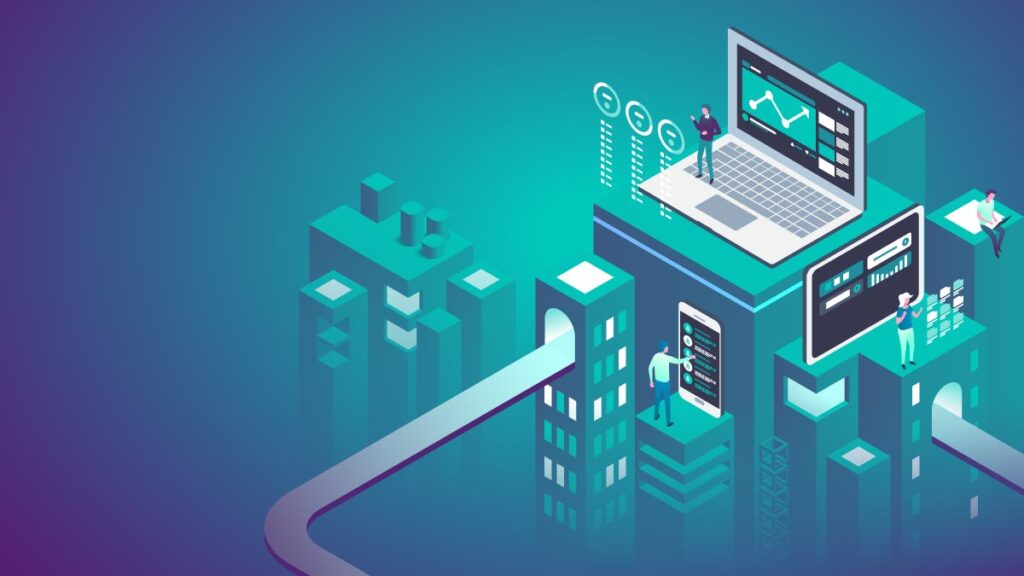COVID-19 changes business habits of tech companies in 2021

The pandemic has changed many aspects of our lives by enhancing specific ways of doing things remotely, while shaking up some patterns in the telecom industry including advertising with new technologies.
With the start of 2021, mobile telecom networks and service providers plan to adapt and better cope with the changes that sidestepped them last year and its impact on their businesses.
“The coronavirus pushed last year’s predictions way off track, becoming a critical driver behind IT trends in 2020,” said Jan Gilg, President of SAP S/4HANA at software company (SAP).
“For 2021, COVID-19 continues to be a central story and a galvanizing force behind this year’s forecast. Digital companies had clear advantages in 2020, and in 2021 those with a strong digital plan will have the flexibility to pivot as needed. What’s exciting is that the appetite for digitization is larger than ever before, and the desire for digital, intelligent environments will lead to transformations happening at rates faster than we have ever experienced,” he added.
The following points are some predictions for the impact on the mobile and digital world for:
1- No speed limit and more digitization
Telecom operators continuously seek new 5G innovations and expand it to reach more users as most people increased usage of video calls and look for more ways to be entertained, collaborate, and spend more time remotely from their friends and colleagues.
With the rise of the 5th-generation technology combined with many activities depending on it, digitization has increased. Open Signal, an independent mobile analytics company, expects that 5G operators will use group video communication to accelerate uptake and will promote the benefits of the added mobile capacity that the technology generates.
New projects and categories will gain control and go mainstream faster than ever before, leading to more participants and greater pressure on the capacity of mobile networks and more data traffic.
Gone are the days when users when internet subscribers and innovative developers fumed over the limited speed of their connectivity thanks to the emergence of 5G.
For example, Apple made 4K Facetime a feature that requires a 5G connection and is incompatible with 4G, which brings more demanding experience.
2- 5G and the trial of the Internet of Things (IoT)
2021 is the year local telco operators will be busy launching standalone 5G, expanding its availability, and optimizing mobile broadband while testing the technology for IoT purposes.
After all those months of struggle due to the worldwide COVID-19 pandemic and its consequences on the telecom sector, the developers of the 5G standards will continue to target IoT markets such as smart agriculture, industrial automation or automotive.
Therefore, the ongoing challenges the world faces will alternate operators’ focus to become mostly on traditional mobile telecom markets that do not require the very latest edge 5G standard to be deployed.
This procedure allows enterprises to get a glimpse of 5G technologies that are strong just as the network slicing, before relying on them. Until the COVID-19 crisis is gradually contained, companies will remain reluctant to make big bets on completely new markets without ensuring that the necessary 5G foundations are fully in place.
Moreover, contactless, and touchless mechanisms of consumer and employee interaction will gain more adoption in 2021, leading to implementation of more IoT equipment for better services.
3- Growth in demand for cashless payments
The virus continued to expand the company’s focus towards contactless activities such as cashless payments or e-commerce via smart phones.
According to MobilePaymentsToday, worldwide transaction value of global transfers reached nearly $88bn in 2020, which is 10 percent year-over-year growth (YoY). The urge to avoid human contact when paying cash led to the demand for virtual payment options, including cross border payments.
Industries that are experiencing a significant rise in international growth in particular demand digital payments in the form of direct selling, distributed development, and travel.
